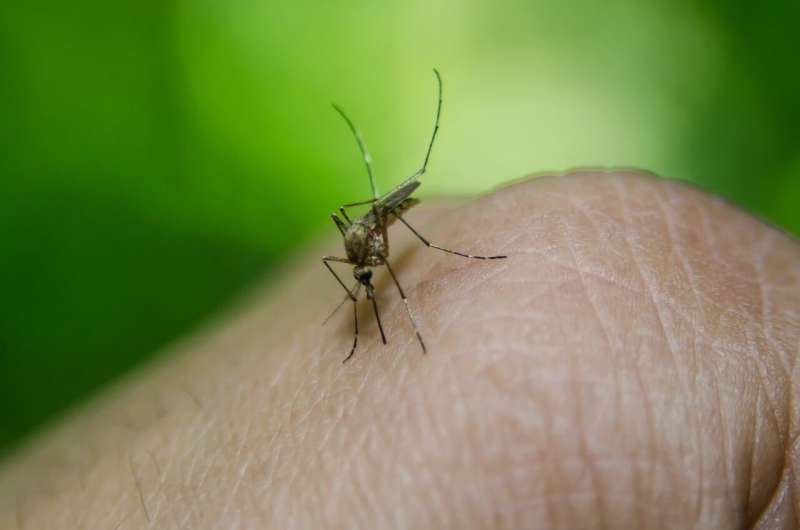Significant Rise in Lidocaine-Related Poisonings and Fatalities in the US Over the Past Decade

An alarming increase in lidocaine-related poisonings and fatalities has been observed in the US over the past decade, with cases nearly tripling and deaths doubling. The study highlights the need for improved safety protocols.
Recent analysis of data from the National Poison Data System (NPDS) reveals that reports of poisoning and deaths linked to the local anesthetic lidocaine have nearly tripled in the United States over the last ten years. This concerning trend contrasts with a general decline in poisoning cases from other local anesthetics during the same period, highlighting a specific issue with lidocaine safety.
Published in the journal Regional Anesthesia & Pain Medicine, the study examined reports submitted between 1983 and 2022, with a particular focus on the period after evidence-based guidelines and recommendations for managing local anesthetic systemic toxicity (LAST) were introduced around 2010. Researchers found that from 2010 onward, although the overall risk of poisoning decreased by 23%, the reports of lidocaine-related poisonings actually increased by over 50%, rising from 1,600 cases in 2016 to 2,500 in 2021.
Alarmingly, deaths associated with lidocaine also saw an increase, with the relative risk more than doubling between 2011 and 2022 compared to the previous decade. Detailed case reviews showed that many fatalities involved doses exceeding recommended maximum levels, often administered by emergency medical services or in hospital emergency departments, sometimes by mistake. Doses of up to 2,000 mg—far above the recommended 500 mg maximum—were reported, emphasizing the danger of overdose.
Analysis of 59 individual death cases indicated a shift in demographics, with the average age of fatalities rising from 25 before 2010 to 55 afterward. The proportion of lidocaine used in fatal cases increased from 67% to 82%. While deaths occurring in operating room settings decreased significantly—from 47% to 15%—pre-hospital deaths in emergency settings rose sharply from 7% to 31%. The study also noted an increase in deaths related to intravenous lidocaine administration.
The researchers highlighted that severe side effects and fatalities often occurred despite treatment with lipid emulsion therapy, which is recommended to counteract toxic effects. Late administration and large doses may reduce the effectiveness of this intervention. They also emphasized the importance of proper dosing, increased awareness of risks, and adherence to safety protocols.
Although the data may have limitations due to under-reporting or incomplete case details, the findings underscore the critical need for better safety measures, education, and guidelines to prevent lidocaine overdoses and improve patient outcomes. The authors urge healthcare professionals and policymakers to strengthen efforts to reduce the risks associated with lidocaine use.
For more detailed insights, see the full study published in Regional Anesthesia & Pain Medicine: DOI 10.1136/rapm-2025-106464. Source: https://medicalxpress.com/news/2025-07-tripling-lidocaine-local-anesthetic-poisoningsdeaths.html
Stay Updated with Mia's Feed
Get the latest health & wellness insights delivered straight to your inbox.
Related Articles
The Healing Impact of Music Therapy in the Cardiac Intensive Care Unit
Recent studies show that music therapy can significantly improve physiological stability for cardiac ICU patients, reducing heart rate, blood pressure, and ventilator asynchronies, thereby enhancing overall patient well-being.
First Likely Case of Locally Acquired Malaria in Washington State
A woman in Washington's Pierce County has been diagnosed with malaria without recent travel, marking the first possible local transmission in the state—a case that has health officials investigating the source.
Artificial Intelligence Enhances Colonoscopy Evaluation for Crohn's Disease
AI technology improves the accuracy and objectivity of Crohn's disease assessment during colonoscopy, offering promising tools for better disease management and research.
Elevated Homocysteine Levels Linked to Aortic Stiffness and Cardiovascular Risk
New research links elevated homocysteine levels to increased aortic stiffness, revealing a novel risk factor for cardiovascular disease and highlighting the importance of blood vessel health management.



